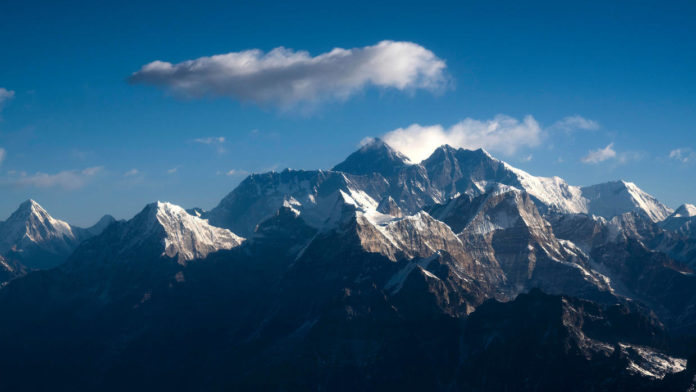KATHMANDU, Feb 24, 2020 (BSS/AFP) – A team of four Sherpas is setting off
on Monday to attempt a record winter ascent of Mount Everest in just five
days, which would also be the first winter climb of the peak in more than
quarter of a century.
The last successful winter ascent was in 1993 by a Japanese team.
“A winter speed climbing expedition has not happened yet and so we are
attempting a new record,” team leader Tashi Lakpa Sherpa, who has summited
Everest eight times, told reporters.
Sherpa, 34, will not be using supplemental oxygen. Only one climber has
previously ascended the peak in winter without supplemental oxygen: a Nepali
mountaineer in December 1987.
Sherpa will be joined by three other climbers — Pasang Nurbu Sherpa, Ming
Temba Sherpa and Halung Dorchi Sherpa — who all have at least two Everest
summits under their belt.
“I know the mountain … We are fully prepared and we have acclimatised.
The biggest preparation to minimise risk on the mountain is acclimatisation,”
Sherpa said.
The Nepali climbers will be joining two other teams at Everest Base Camp
who have been waiting for the right weather conditions.
Spanish alpinist Alex Txikon and his team and German climber Jost Kobusch
are also hoping to break the spell of unsuccessful winter expeditions on
Everest.
Temperatures near the summit of Everest in winter regularly plunge below
minus 40 degrees Celsius (minus 40 degrees Fahrenheit), while strong winds
make it even riskier.
In those conditions exposed skin freezes in less than five minutes, putting
climbers in serious danger of frostbite.
Hundreds of climbers flock to Everest each year but most attempt the climb
during a narrow window of calm weather between late April and May.
Last year’s traffic-clogged spring climbing season saw a record 885 people
summit Everest, 644 of them from the south and 241 from the northern flank in
Tibet.
The season ended with 11 deaths on the mountain, with at least four blamed
on overcrowding. Autumn summits last year were thwarted by a serac — a block
of glacial ice — hanging dangerously above the already treacherous Khumbu
icefall that climbers have to cross to reach Camp 1.
Nepal is home to eight of the world’s 14 highest peaks and foreign climbers
who flock to its mountains are a major source of revenue for the country.



